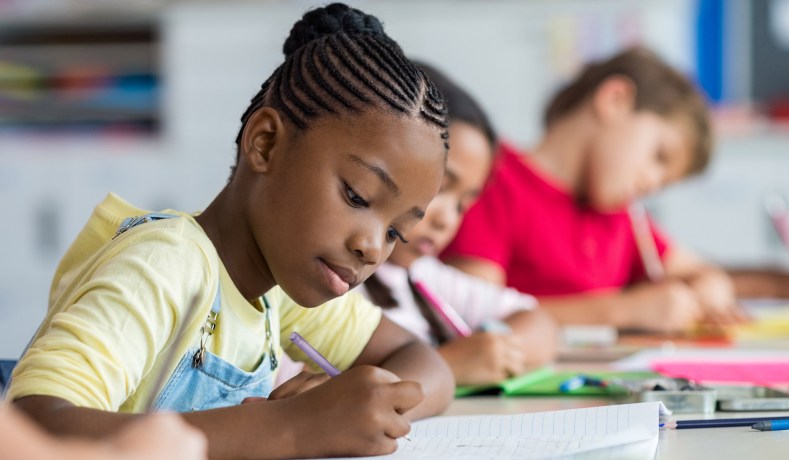
To be honest, it didn’t really occur to me that this would even be a question. I expected school districts to make every effort to return to a normal, five-day school week this fall. Doing so is clearly in the interest of students.
So I was surprised when Fairfax County Public Schools — one of the U.S.’s largest school districts, and the one that happens to be close to my home in the Washington, D.C. area — announced a plan late last month that called for, at most, two days of in-person instruction. The teachers’ unions pushed back against even this partial reopening.
Fairfax was one of the first districts to announce a plan. It is still figuring out what it will ultimately do this fall, as are most school districts. But what should be done is clear, espoused by no less an authority than the American Academy of Pediatrics, which in late June announced that it “strongly advocates” for the goal of in-person instruction.
The usual reason offered is that children need the psychological, social, and education benefits from in-person learning that virtual learning can’t adequately replicate. In my latest Bloomberg column, I offer another: By keeping kids out of school, we are hurting their later-life economic outcomes.
A consensus estimate among economists is that an additional year of schooling increases wages by around 9%. If last spring and this fall should be written off, then keeping the schools closed may lead to a significant reduction in future earnings for today’s students. My back-of-the-envelope calculation suggests that represents a loss of over $30,000 per decade in earnings for a typical worker who graduated high school but didn’t attend college. The longer schools are closed, the larger the hit future earnings will take.
Furthermore, keeping schools closed again this fall will hurt the future earnings of today’s lower-income kids the most. In addition, the damage this is doing to the careers of parents is likely cumulative.
Virtual learning will hit the overall economy hard:
The U.S. is stumbling through the pandemic. When it comes to reopening schools, the absence of strategic thinking on a nationwide scale is on stark display. The plan is to have an open economy but return to virtual learning? You can’t have the former if you have the latter. This wishful thinking is destructive.
Check out my column for my full argument. Your comments, as always, are very welcome.








